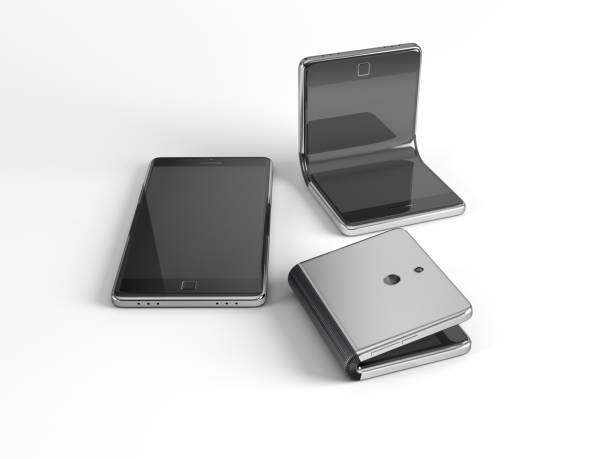"Staring into the Future: The Dawn of Foldable Electronics"
Welcome to a new era of technology, where the lines between science fiction and reality blur. We are on the cusp of a revolution, one where our screens bend and our devices fold. Yes, you heard it right - foldable electronics are here, and they are set to change the game.

Foldable Electronics: A Brief History
The concept of foldable electronics isn’t a recent development. In fact, the idea traces back to the 1970s when Xerox PARC, a pioneer in the field of flexible electronics, conducted groundbreaking work in this area. However, it was not until the late 2000s that significant progress was made, with the launch of the first flexible e-paper display by Plastic Logic.
Fast forward to today, where foldable smartphones like the Samsung Galaxy Fold and Huawei Mate X have hit the market, offering a new dimension to our digital experience.
The Rise of the Foldable Era
The past few years have witnessed tremendous advancements in the field of foldable electronics. Samsung, for instance, introduced the world to its Infinity Flex Display technology in 2018. This technology allows a smartphone screen to fold and unfold without any degradation in quality, opening up a world of possibilities for device design.
On the other hand, Royole Corporation, a Chinese electronics company, stole the limelight at CES 2019 by unveiling FlexPai, the world’s first commercial foldable smartphone.
Foldable Electronics in the Market
The foldable electronics market is still in its infancy, but it is growing at a rapid pace. According to a report by MarketsandMarkets, the foldable display market is projected to reach $18.1 billion by 2025, up from $6.1 billion in 2020.
Samsung is currently leading the pack with its Galaxy Z Fold and Galaxy Z Flip models. However, other tech giants are not far behind. Microsoft has released its Surface Duo, a dual-screen device, while Huawei has its Mate X series.
The Potential Impact of Foldable Electronics
Foldable electronics are not just about smartphones. They have the potential to transform a wide array of consumer products, from televisions and tablets to wearables and beyond. Imagine a world where you can fold your TV and take it with you or a wristband that unfolds into a smartphone.
Furthermore, foldable electronics can also revolutionize other industries. For instance, in healthcare, flexible sensors could provide more accurate readings by conforming to the body’s contours. In fashion, smart textiles could change color or pattern at the press of a button.
The Road Ahead: Promises and Challenges
While foldable electronics hold great promise, they also present some significant challenges. The most prominent is durability. The process of repeatedly folding and unfolding a device can lead to wear and tear, especially at the fold.
Additionally, foldable devices are currently on the expensive side, with most foldable smartphones priced at around $2,000. However, as the technology matures and economies of scale kick in, these prices are expected to come down.
Despite these challenges, the future of foldable electronics looks promising. With continuous research and development, we can expect to see more innovative applications of this technology in the near future. So, let’s brace ourselves for an exciting journey into the world of foldable electronics, where the only limit is our imagination.




